Saint-Georges Multisport Complex
The Saint-Georges Multisport Complex in Canada features a modern design by ABCP architecture, incorporating wooden structures, large windows, and energy-efficient elements, offering top-tier sports facilities for the community.
Connected to the Saint-Georges High School, the new Saint-Georges Multisport Complex is the result of a joint effort by the Beauce-Etchemin School Service Center and the City of Saint-Georges to provide top-tier sports facilities for students and citizens. Designed by ABCP architecture, in consortium with Marie-Lise Leclerc architecte and Bilodeau Baril Leeming architects, the complex includes a double gymnasium, a recreational pool, a semi-Olympic pool with 10 lanes, as well as classrooms. It stands out for its wooden structures, large bay windows, perforated, diamond-patterned envelope, and energy performance. Inaugurated in the summer of 2023, it was quickly embraced by the community.
Integration into a 1974 building
The new structure extends lengthwise, parallel to the outdoor track, and connects to the high school at ground level. The sloping topography of the site was utilized to provide several ground-level entrances, accommodating all users, including those with reduced mobility. On the south side, visitors are invited to proceed to the main entrance along a curtain wall overlooking the pool, and sheltered by a marquee.In its architectural treatment, the expansion adopts and reinterprets the modern heritage codes of the high school, dating back to 1974. Inspired by the existing building, which features a base with concrete walls and buttresses topped with metal cladding, the new structure integrates by revisiting the stratification of levels. A fully glazed base aligns with the concrete sections, while a perforated aluminum cladding with a diamond effect evokes the angulation of the elevated buttresses.
Brightness in all directions
The horizontal and vertical circulations are designed to be simple and readable. The bright, two-story reception hall leads to the aquatic pools on one side and the gymnasium on the other. The swimming pool’s changing rooms and lifeguard offices are centrally located, while the sports organizations’ offices and gymnasium changing rooms are arranged along a glass agora overlooking the outdoor forecourt, aligned with the connection to the high school.In the gymnasium, large openings generously allow natural light to enter from the north, while it is diffused by the perforations in the aluminum cladding on the south. The aquatic area, comprising a 10-lane, 25-meter sports pool with 1 and 3-meter diving boards, features an access ramp designed for people with reduced mobility, and a recreational pool with a beach entry and water games. The space is abundantly glazed, bathing it in natural light. On the south side, a curtain wall runs along the forecourt, and a canopy mitigates the direct sunlight into the pools.
At the heart of the complex, a wooden tiered staircase offering a direct view of the pools becomes a place for meeting and socializing. On the second level, there is a multifunctional room, four classrooms, bleachers, and the upper foyer. Continuing from the reception hall, and enjoying the view of the pools, this foyer provides another space for relaxation, meetings, and study, as well as access to the 250-seat bleachers in the pool area, and the 100-seat bleachers in the gymnasium section.
Throughout the complex, the immense bay windows and skylights maximize the influx of natural light. In the gymnasium, skylights nearly 20 meters long allow zenithal light to penetrate. To control brightness, the fenestration is clear and unobstructed on the north facade, while it is filtered by a second skin of perforated aluminum on the south facade.
Comfort, warmth, and energy efficiency
Particular attention has been paid to the acoustic ambiance of these large glass spaces to maintain reverberation times below 1.5 seconds. Serving as both interior finish and envelope support, perforated acoustic panels filled with insulating wool to minimize echo have been installed on the walls of the pool and gymnasium. Fabric-covered acoustic panels cover the hard surfaces in the upper parts of the gymnasium, while cement-bonded wood fiber tiles are used in the pool area. In the common areas, acoustic comfort relies on a suspended ceiling of high-performance acoustic tiles behind the wooden slat structure, while the wooden roof structure offers superior sound absorption compared to many materials.The massive wooden roof structure is an innovative and distinctive element of the complex. The impressive beams in the pool area, 56 meters long and spaced every 5 meters, are topped with CLT (Cross-Laminated Timber) panels. With a free span of 28 meters in the gymnasium, and 34 meters above the sports pool, they are highlighted by natural light. In addition to its architectural quality, this wooden structure contributes to environmental efforts by sequestering more than 670 tons of CO2.
The triple-glazed curtain walls, architectural concrete, and aluminum cladding that make up the envelope were chosen for their durability, and their energy performance surpasses the requirements of Quebec’s new energy code. The mechanical systems consume less than 20% fossil fuel, while all other energy sources are renewable. The complex is equipped with a ventilation system that recovers energy during pool air dehumidification, prioritizing the heating of the two pools via water-cooled condensers, in addition to heating the pool enclosure, bleachers, and some peripheral rooms. The exhausted air is directed to a heat exchanger to preheat 90% of the fresh air admitted into the building. During unoccupied periods, or when there is a lack of humidity in the pool enclosure, the amount of fresh air admitted will be reduced.
The energy performance of the architectural and electromechanical systems exceeds that of the model building by 23%, resulting in a 20% reduction in annual energy costs, which is exemplary for a building of this type. The complex’s GHG emissions are 44.8 tons of CO2 eq/year lower compared to the Quebec Ministry of Education’s model building.
Design: ABCP architecture, Marie-Lise Leclerc architecte, and Bilodeau Baril Leeming architectes
Photography: Stéphane Groleau

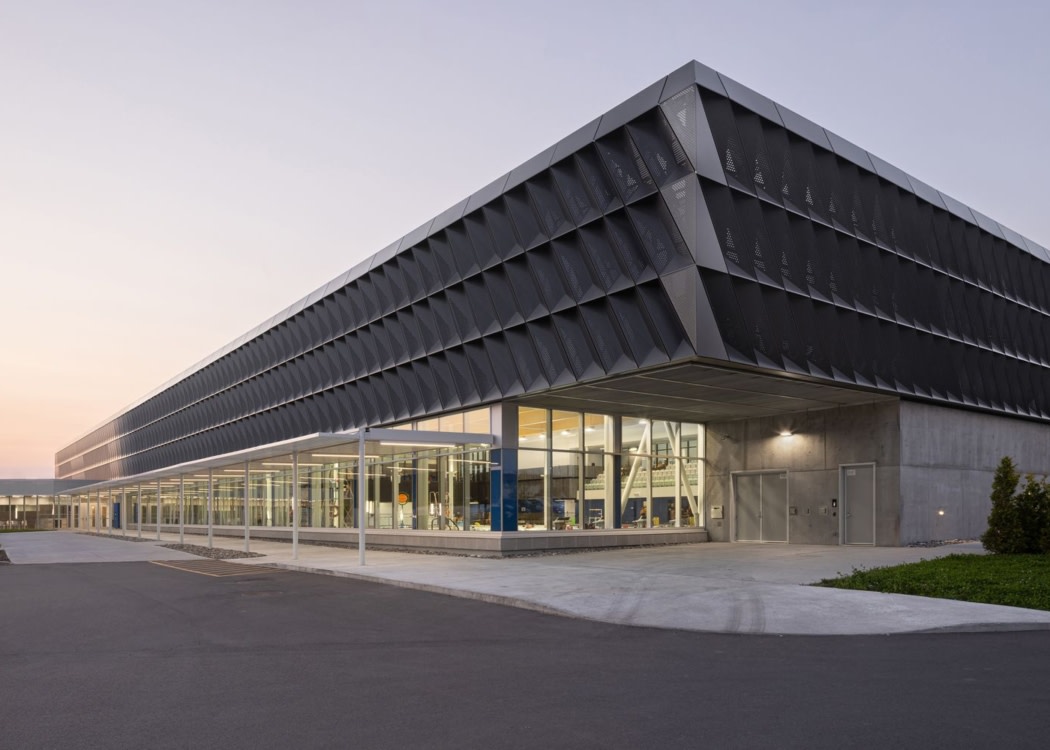
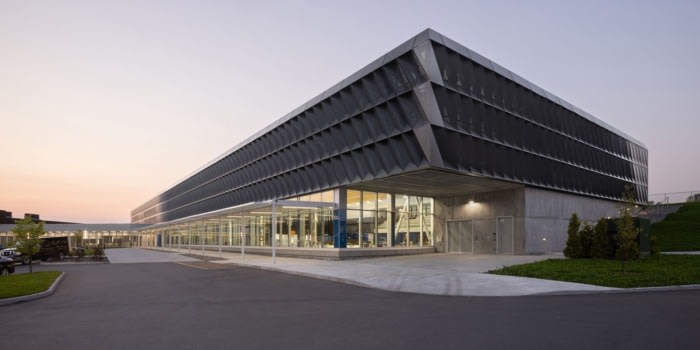
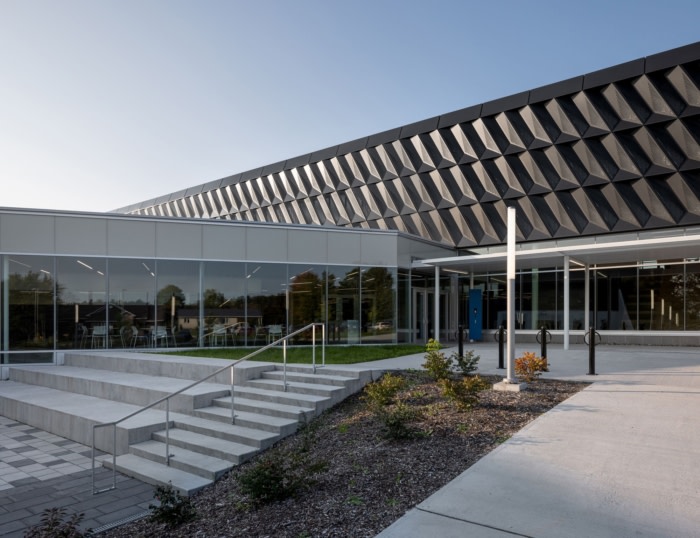
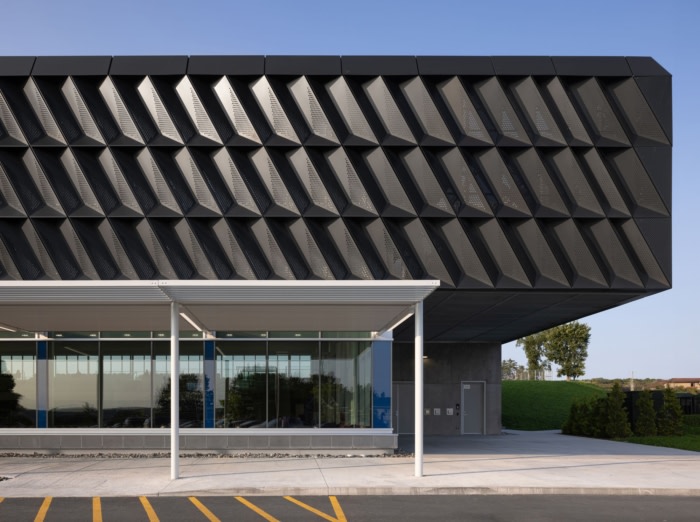
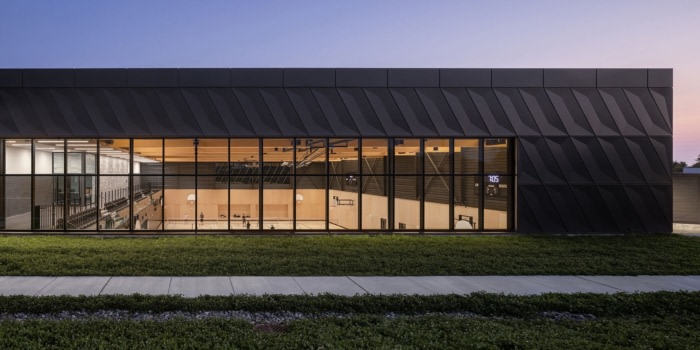
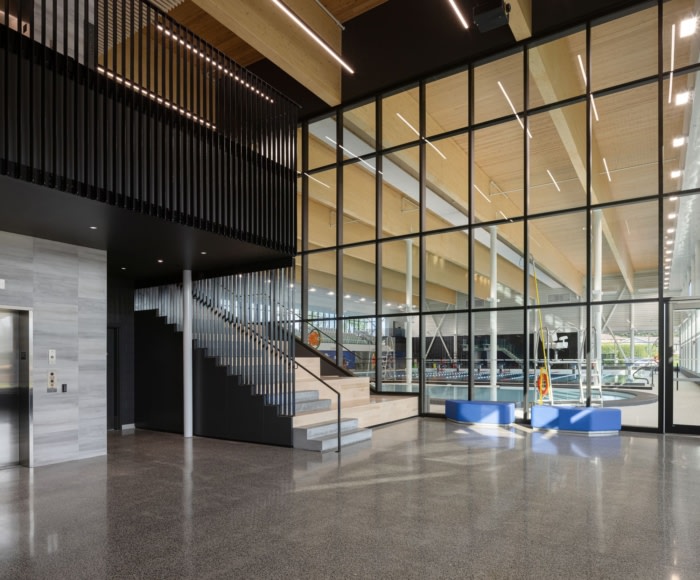
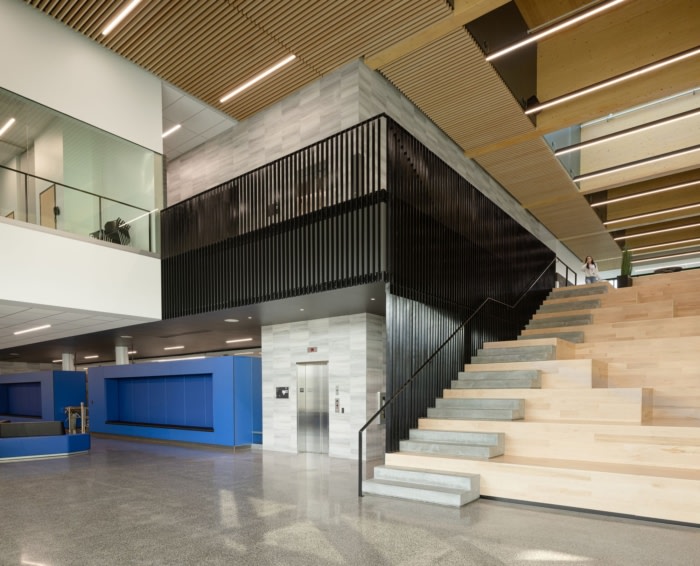
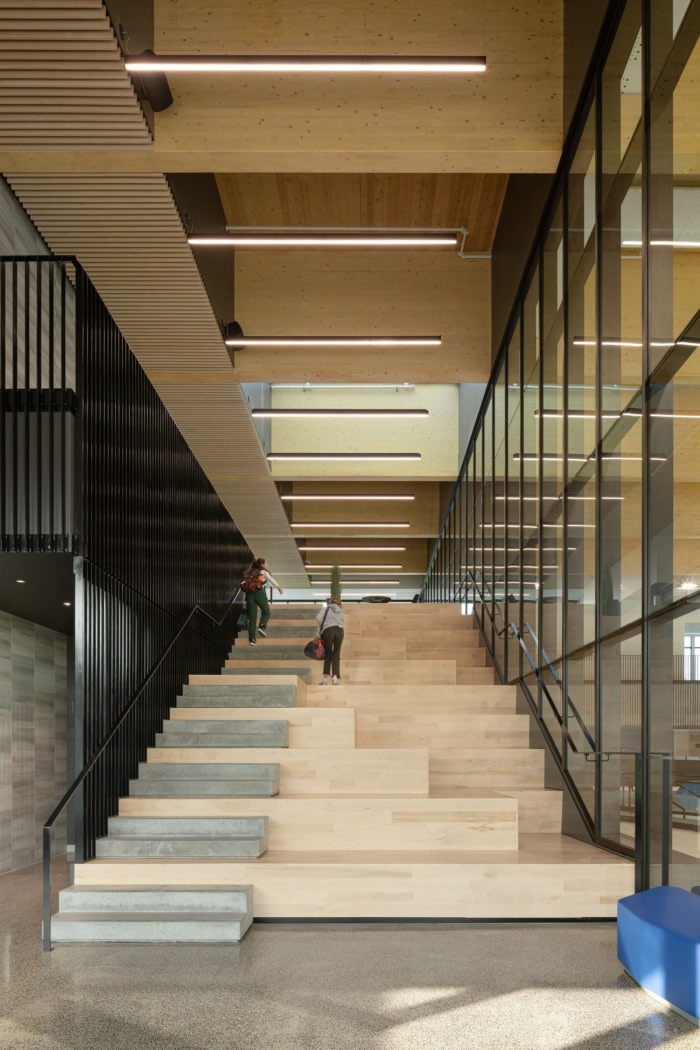
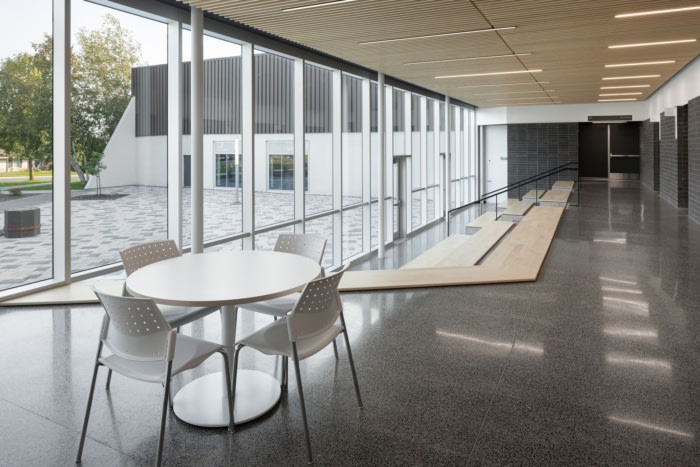
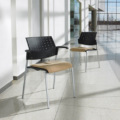
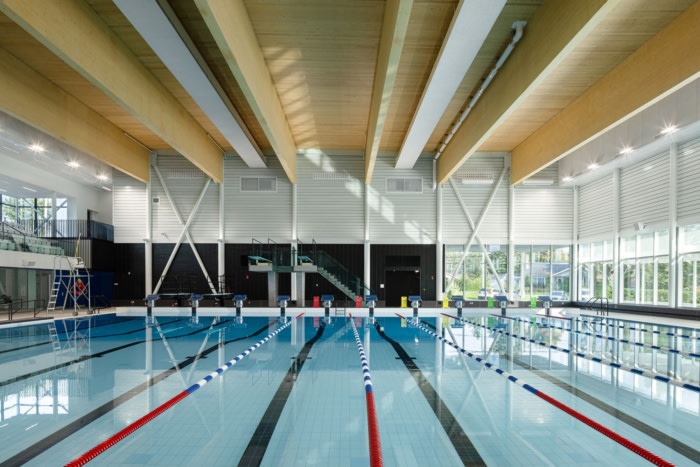
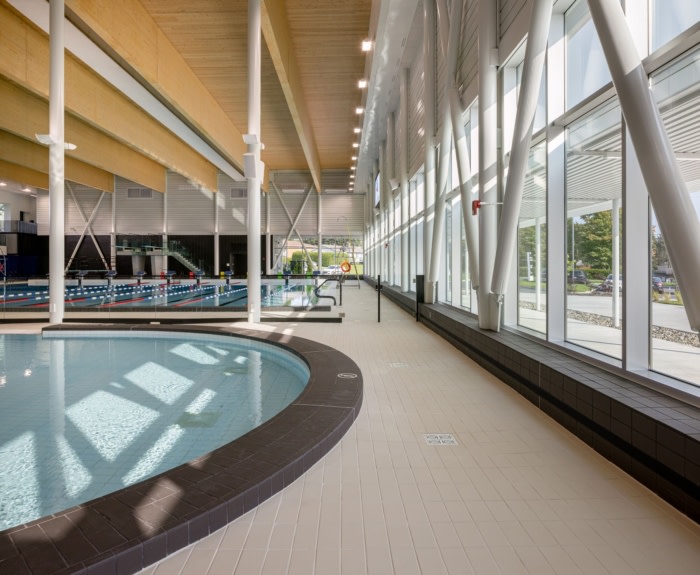
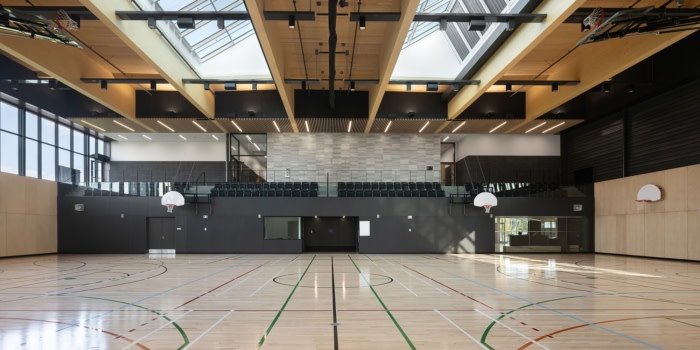
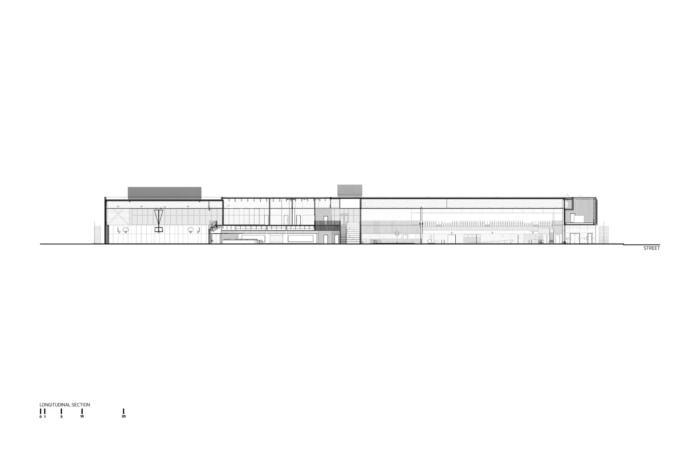
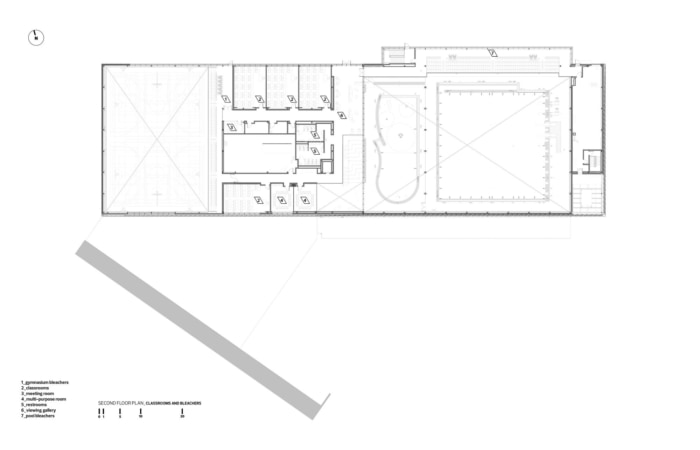
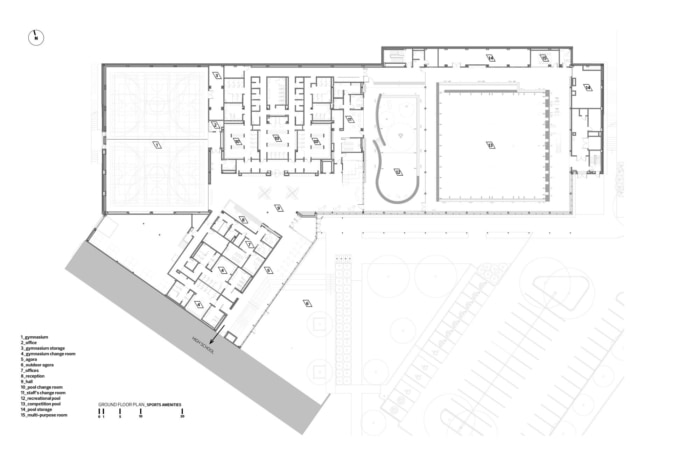



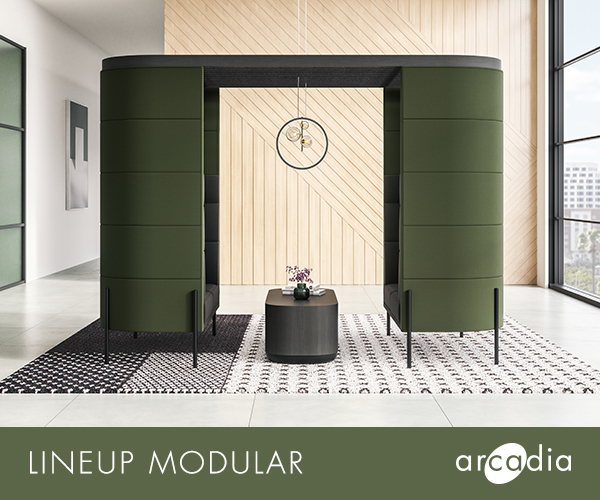
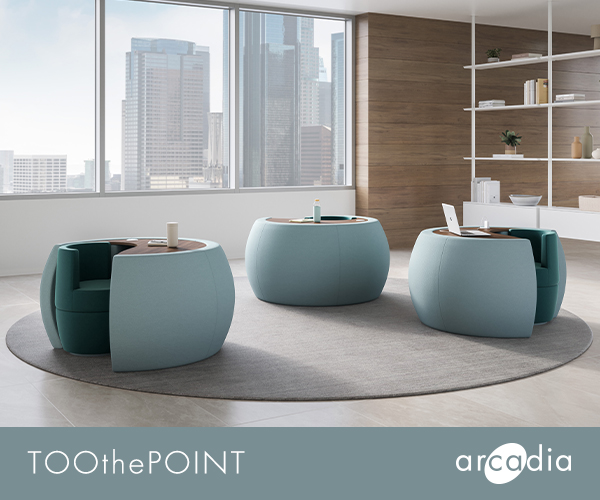




Now editing content for LinkedIn.